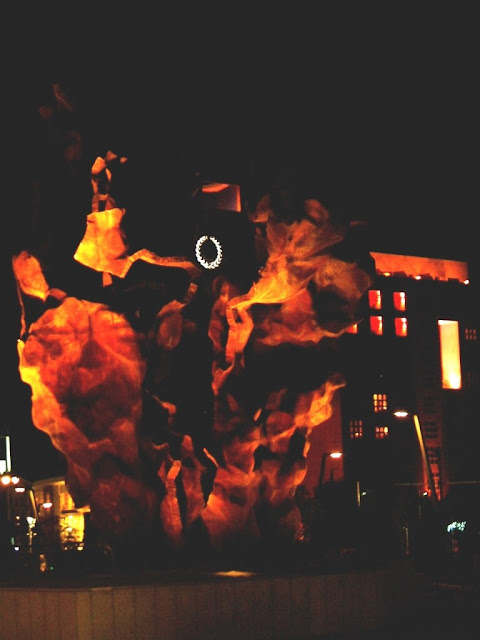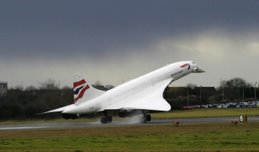The first time we were in Bilbao was in 1976, during an incredible bus trip that left some quite lousy pictures, which may be seen here. Bilbao, Spain's biggest port and sixth largest city, was then starting to enter a deep depression when its gruesome shipyards, steelworks and docks struggled to face competition in a new world where heavy industry had lost its prominence. In 1976, the heavily industrialised Bilbao was far from being interesting in tourist terms. Thirty years later the city is barely recognizable. The dawn of a new era was of course the spectacular Frank Gehry's Guggenheim Museum which opened in 1997. But the new urban projects, designed to regenerate degraded city areas, the state-of-the-art metro system by Norman Foster, the futuristic airport terminal by Santiago Calatrava, a wealth of museums, interesting new buildings and many excellent restaurants serving traditional Basque cuisine have combined to give Bilbao a brilliant new image.

"SHERATON - The design of the Mexican architect Ricardo Leggorreta, inspired by the work of sculptor Eduardo Chillida, made the Sheraton Bilbao a true work of art"

"LOBBY - One of the hotel’s most striking features is its enormous lobby, with a glass structure that makes it practically diaphanous. The lobby rises to a height of about forty metres, all the way up to the ceiling of the hotel’s 10th floor"

"LIFTS - The true splendour of the hotel’s lobby is revealed by the panoramic glass lifts"

"MODELS - The Hotel has an impressive collection of Spanish ship models, preserving the history of Bilbao as an important port"

"CLUB LOUNGE - The building is a great piece of modern architecture"



"VIEWS FROM ROOM 706 - Sunrise, Parque Doña Casilda (named after Casilda Iturrízar, who donated the terrains) and the Euskalduna"



"FINE ARTS MUSEUM - The museum was re-inaugurated in November 2001, but the collection originated with the merger of the collections from the first Museum of Fine Arts, inaugurated in 1914, and the Museum of Modern Art in 1924"

"ZUBIZURI BRIDGE - The tied arch footbridge across the Nervion River by Santiago Calatrava is another of the modern Bilbao's landmarks"


"SCULPTURE WITH SYMBOL"


"THE EUSKALDUNA Conference Centre and Concert Hall was designed by architects Federico Soriano and Dolores Palacios on the site of the former Euskalduna Shipyard. It represents the last ship built in the shipyard and was inaugurated on Febuary 19th 1999. It's one of the flagships of the new Bilbao of the 21st century"

"DALI - THE DANCE"





































































